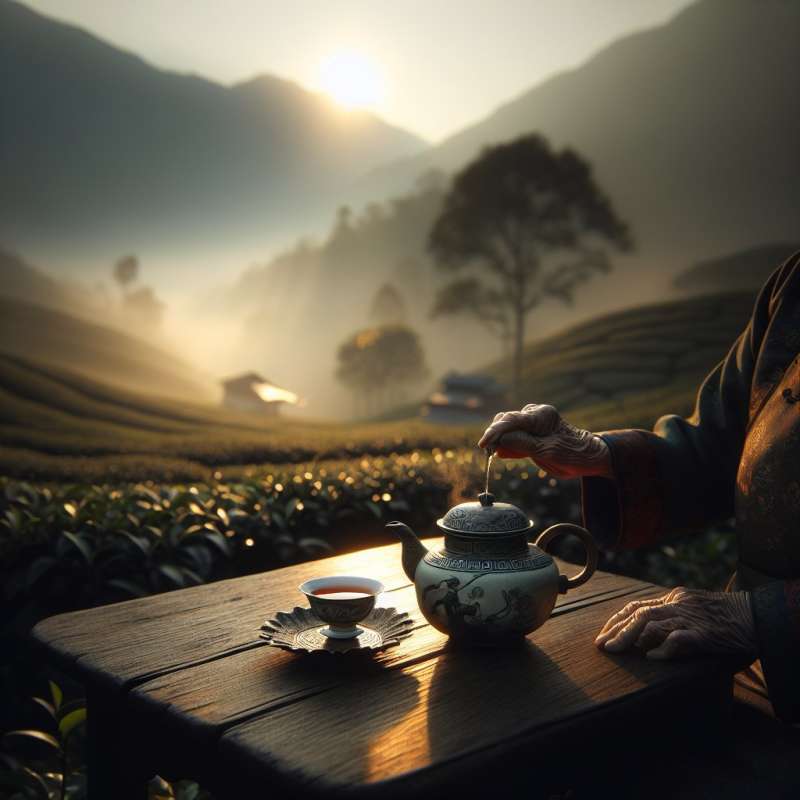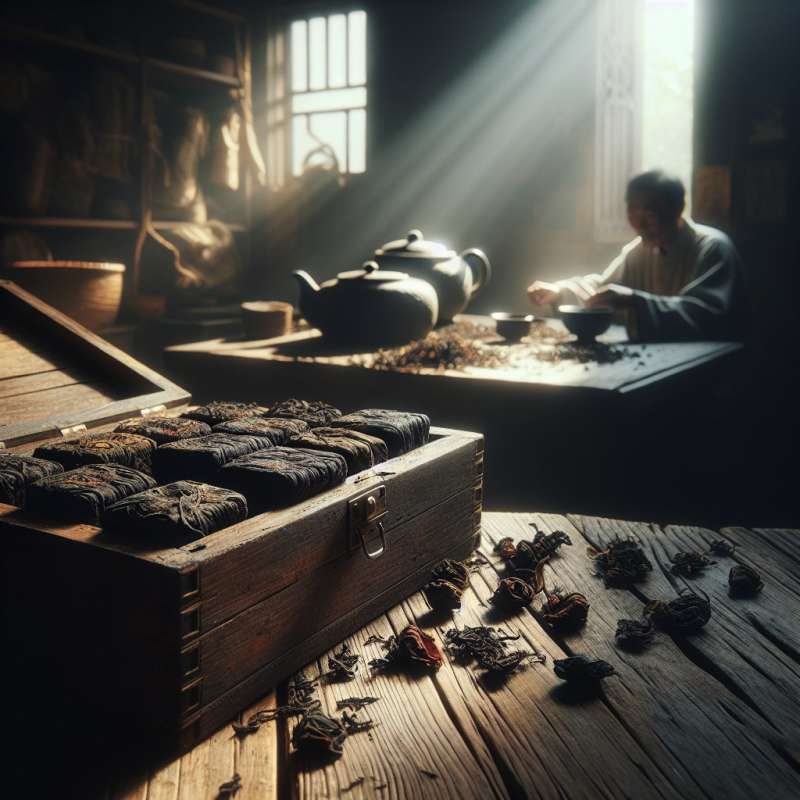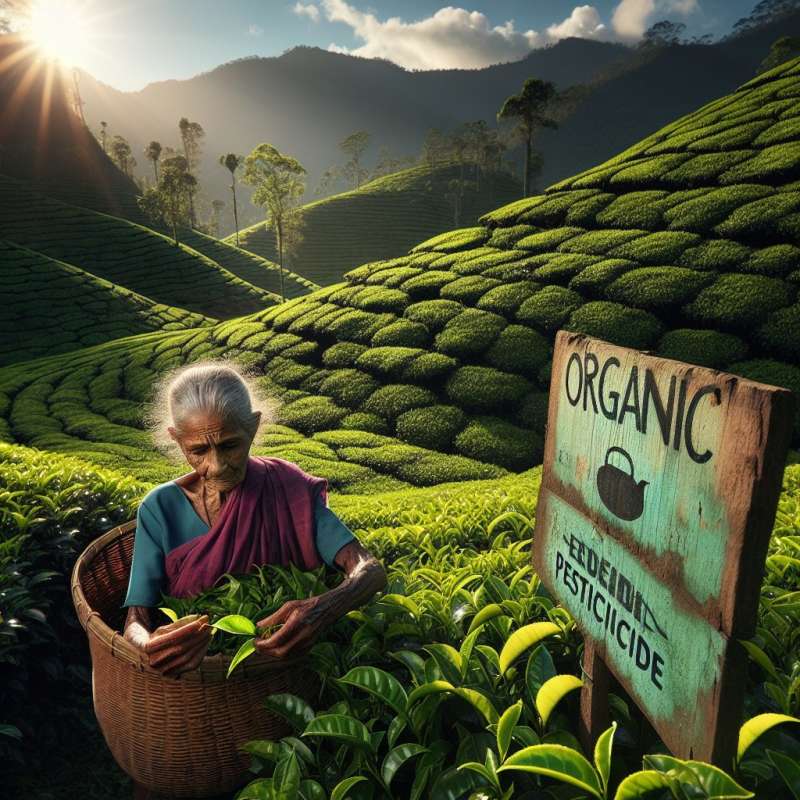
Tea: A Historical Overview
Originating in China, tea has been savored for millennia. It's not just a beverage; it's a part of culture, history, and even politics. The world's second-most consumed drink after water, tea's journey is as rich as its flavors.
Tea Plant Varieties
Camellia sinensis, the tea plant, has two major varieties: sinensis and assamica. Sinensis is hardy, thriving in cooler climates, while assamica prefers tropical conditions. These varieties, alongside cultivar differences, define the tea's character, from delicate to robust.
Cultivation Nuances Unveiled
Tea's flavor is influenced by terroir—soil, climate, and altitude. High-altitude plantations often yield superior quality leaves, with slower growth resulting in richer flavors. The finest teas are often handpicked, ensuring only the best leaves make it to your cup.
Intricacies of Tea Processing
Processing can be an art. It involves withering, rolling, oxidizing, and drying. The level of oxidation determines the tea type—green, oolong, black, or white. For instance, white tea is minimally processed, preserving its delicate flavors and high antioxidants.
Fermentation: A Flavor Twist
Unlike common belief, only black tea and oolong undergo true fermentation. This process develops complex flavors and darkens the leaves. Pu-erh, a post-fermented tea, is unique for its aging potential, often becoming more nuanced and valuable over time.
Tea's Pesticide Paradox
Teas can harbor pesticide residues, surprising for a health-focused beverage. Organic cultivation avoids synthetic pesticides, ensuring a cleaner cup. However, older tea plants often require less pesticide, so age can be an indicator of a tea's purity.
Sustainable Tea Farming
Sustainability is vital in tea cultivation. Some farms implement biodiverse practices, like growing other crops among tea bushes. This enhances ecosystem health and resilience. Innovations in water and energy use are also shaping a more sustainable tea industry future.Tea's Radioactive History
In the 1950s, some tea plantations unknowingly absorbed radiation from nuclear tests, affecting tea leaves' composition. Today, rigorous testing ensures safety.
Where did tea originate?
Ancient India
China millennia ago
European monasteries
Company